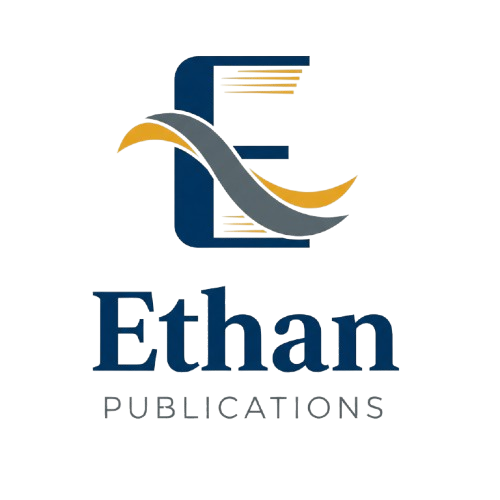FIBROSIS MANAGEMENT STRATEGIES: A STUDY OF BICYCLOL AND SILYMARIN
Authors: Li Hua Zhang, Ming Wei Chen
Published: May 2024
Abstract
<p>Liver fibrosis, a common consequence of chronic inflammatory diseases such as viral hepatitis, alcoholic liver disease, and primary biliary cirrhosis, is characterized by the excessive accumulation of extracellular matrix (ECM) components in response to prolonged liver injury. This paper delves into the pathogenesis of liver fibrosis, emphasizing its association with chronic inflammatory conditions and the dysregulation of ECM synthesis and degradation pathways. By exploring the molecular mechanisms underlying fibrogenesis, including the activation of hepatic stellate cells and the aberrant production of cytokines and growth factors, this research aims to elucidate the intricate interplay between inflammation and fibrosis in liver pathology. Furthermore, the study highlights the clinical significance of liver fibrosis as a precursor to more severe liver diseases, including cirrhosis and hepatocellular carcinoma, underscoring the urgent need for effective diagnostic and therapeutic interventions. Through a comprehensive examination of liver fibrosis etiology and progression, this paper seeks to inform future research directions and therapeutic strategies aimed at mitigating the burden of chronic liver diseases worldwide</p>
Full Text
No full text available
Cite this Article
References
- No references available.
